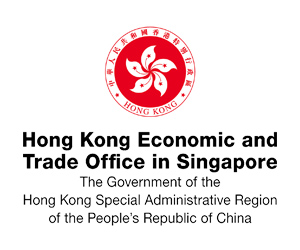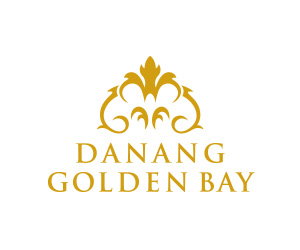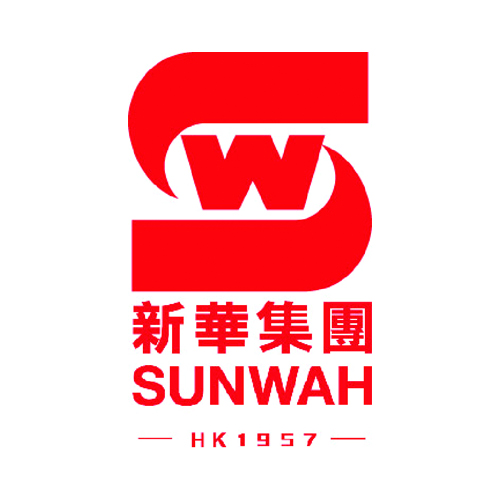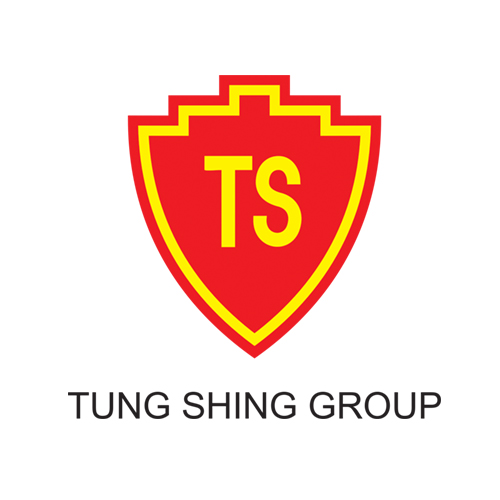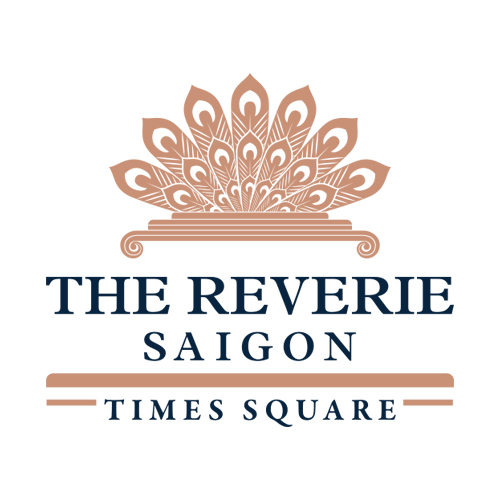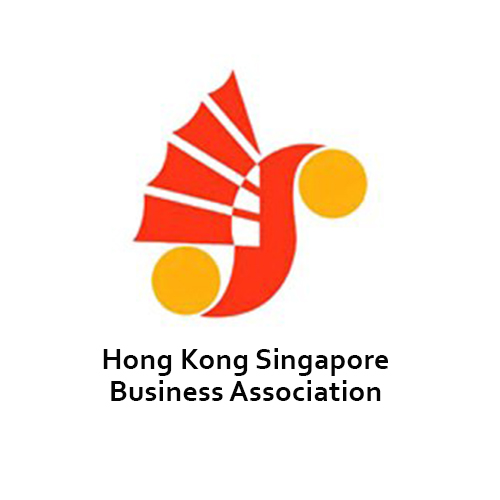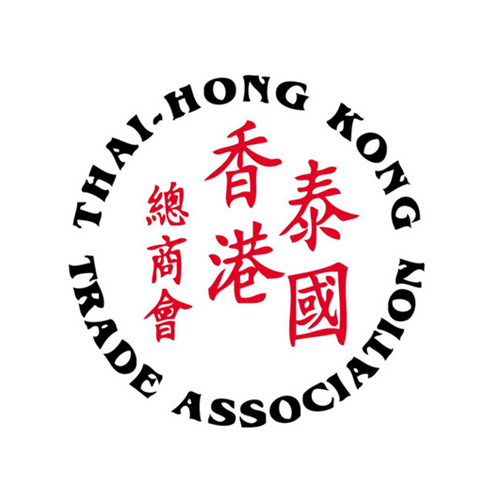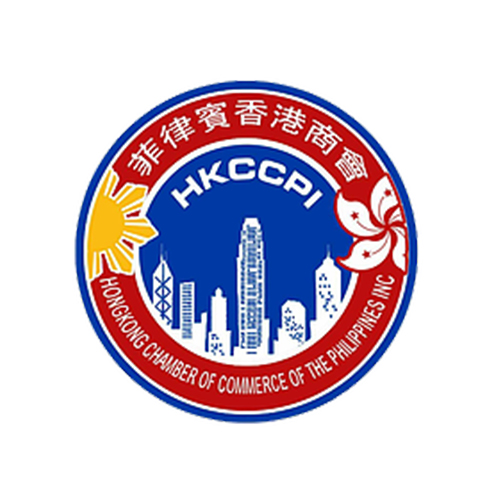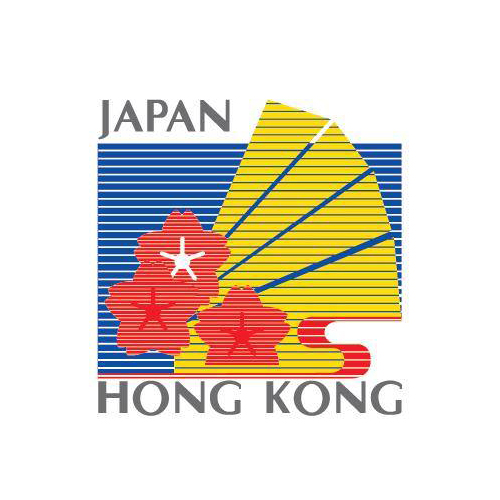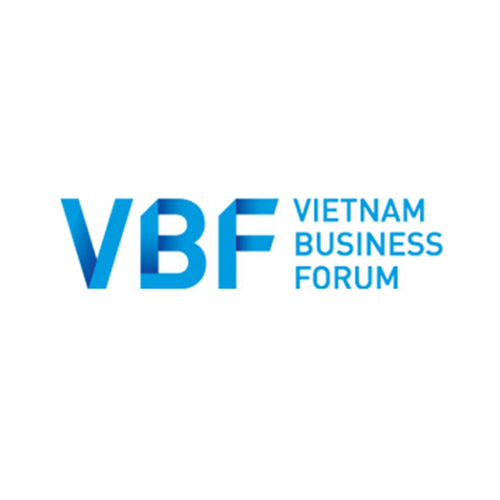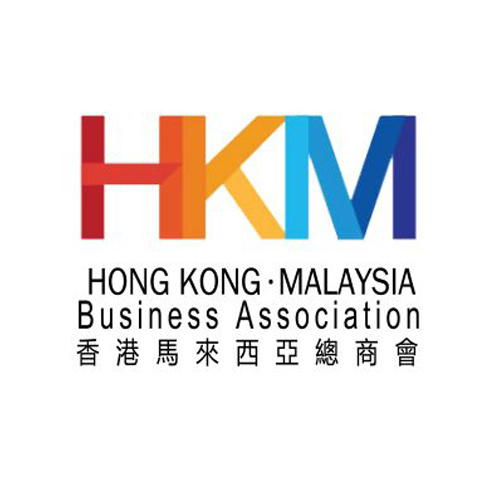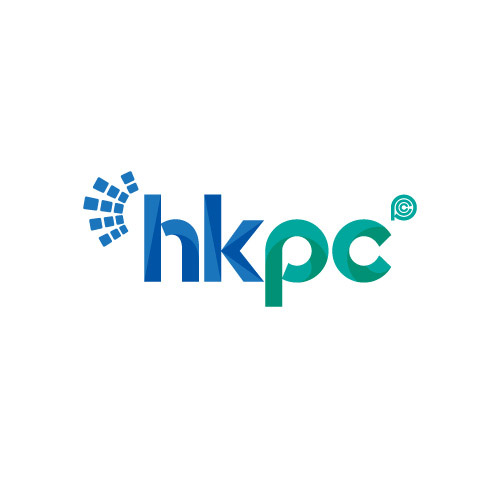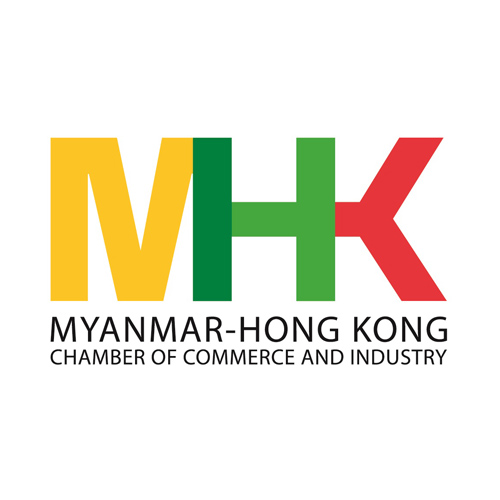Want to be in the loop?
subscribe to
our notification
Business News
RAILWAY, SEAPORT NETWORKS NEED TO BE ARTERIES OF ECONOMY: DEPUTY PM
The railway network connecting economic hubs and seaports needs to be designed as the key arteries of the economy, Deputy Prime Minister Trần Hồng Hà said at a meeting with the transport ministry and relevant departments yesterday.
The discussion focused on the planning, policies, solutions and resources to implement the railway and seaport planning for the 2021-30 period, with a vision to 2050.
A report by the Ministry of Transport said that the goal is that by 2030, the network of seaports in Việt Nam can handle up to 1.4 trillion tons of goods and 10.3 million passengers.
Around 33,600ha of land and 606,000ha of water surface are expected to be used to develop this network. The demand for investment by 2030 is about VNĐ313 trillion (US$13.2 million).
This funding is expected to be mobilised from the private sector, among other sources. The State budget capital is focused on public maritime infrastructure and key economic areas.
Deputy PM Hà also proposed an overall review of the general, specialised and inland waterway ports for renovation, utilising the transportation potential of the dense river network across the country.
He added: “The railway network planning must not only stop at renovating and repairing, but follow a modern, comprehensive direction to respond to the development demands in the future.”
The roadmap also needs to be supported by in-depth studies for synchronised implementation of detailed plans.
Suggesting selecting one railway route to focus on, the deputy PM asked the Ministry of Transport to work closely with the Ministry of Natural Resources and Environment for land use at intersections and stations.
The deputy PM also asked the transport ministry to focus on several key railway and seaports projects in the 2023-25 plan, while carefully reviewing and estimating investment resources, economic efficiency and the role of the State in the projects to be deployed in the following phase.
The railway network investment and development projects to 2023 are expected to make breakthroughs on the main routes of great demand, utilising its strengths in transporting a large volume of goods and passengers through medium and long distances.
The total demand for capital for the railway network by 2030 is estimated at about VNĐ240 trillion ($10.1 million), using the State budget as well as other sources.
After the master plans for the railway and seaport networks are approved by the Prime Minister, the transport ministry will actively implement the project, conducting evaluation after the first year, completing regulations and detailed plans, and allocating capital sources for the medium-term.
Source: VNS
Related News
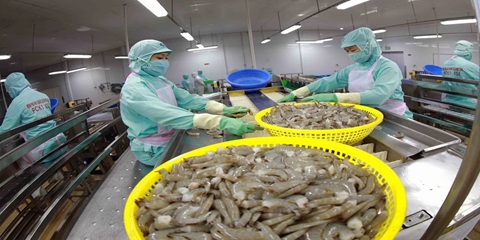
VIETNAM’S SEAFOOD EXPORTS HIT OVER US$10 BILLION IN JAN-NOV
Seafood export revenue in November alone amounted to nearly US$990 million, up 6.6% year-on-year. Key product groups posted solid gains. Shrimp exports rose 11.7% to over US$385 million, supported by strong demand for whiteleg shrimp and lobster. Tra fish shipments increased 9.7% to almost US$197 million, while marine fish, squid, and mollusk exports maintained their recovery.
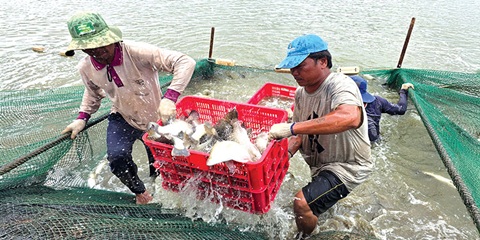
VIETNAM’S AGRO-FORESTRY-FISHERY EXPORTS HIT NEW RECORD IN JAN-NOV
Vietnam’s agro-forestry-fishery export revenue reached an estimated US$64.01 billion in the first 11 months of 2025, up 12.6% year-on-year and surpassing the full-year record of US$62.4 billion set in 2024. Agricultural exports reached US$34.24 billion, up 15% year-on-year, while livestock products brought in US$567.4 million, a 16.8% increase. Seafood exports rose 13.2% to US$10.38 billion, and forestry products earned US$16.61 billion, up 5.9%.

HANOI REPORTS RECORD-HIGH BUDGET REVENUE IN 2025
Hanoi’s budget revenue is estimated to reach VND641.7 trillion in 2025, the highest level ever recorded and nearly 25% above the revised target, according to a report by the municipal government. Data from the city’s socioeconomic performance review shows that total state budget collections in 2025 are projected to reach 124.9% of the adjusted plan and rise 24.9% from 2024, the Vietnam News Agency reported.

VIETNAM, CHINA TO PILOT TWO-WAY CARGO TRANSPORT AT LANG SON BORDER
Vietnam and China will launch a one-year pilot program on December 10 to allow two-way cargo transport through the Huu Nghi–Youyi Guan international border gates in Lang Son Province, reported the Vietnam News Agency. The Dong Dang-Lang Son Economic Zone Management Board said the trial aims to reduce transport costs and improve customs clearance capacity.
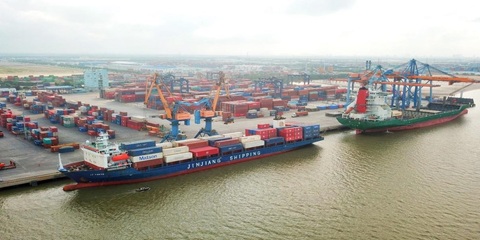
VIETNAM’S IMPORT-EXPORT VALUE NEARS US$840 BILLION IN JAN-NOV
The total value of Vietnam’s imports and exports was nearly US$840 billion between January and November this year, the highest level ever recorded, according to the National Statistics Office. In its latest report on the country’s socio-economic performance, the National Statistics Office highlighted a series of positive economic indicators, with trade emerging as one of the strongest drivers of growth.

OVER 19 MILLION INTERNATIONAL VISITORS COME TO VIETNAM IN JAN-NOV
Vietnam received more than 19.1 million international visitors in the first 11 months of 2025, a 20.9% increase year-on-year and the highest level ever recorded, according to the National Statistics Office. The figure surpasses the full-year record of 18 million arrivals set in 2019, before the Covid-19 pandemic. Nearly two million foreign visitors arrived in November alone, up 14.2% from October and 15.6% from the same period last year.
